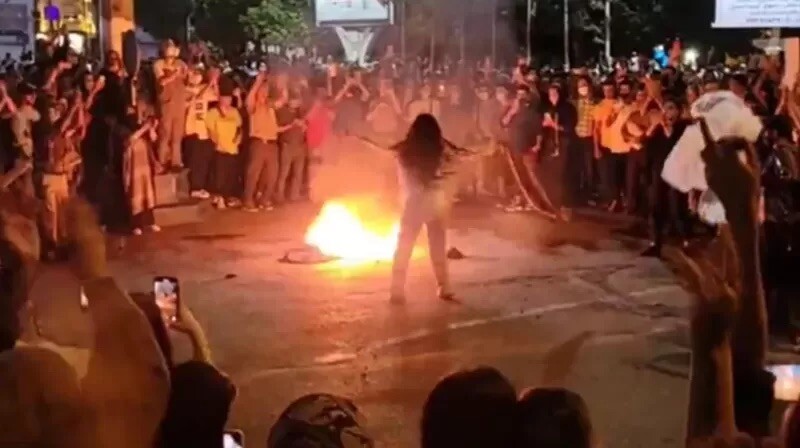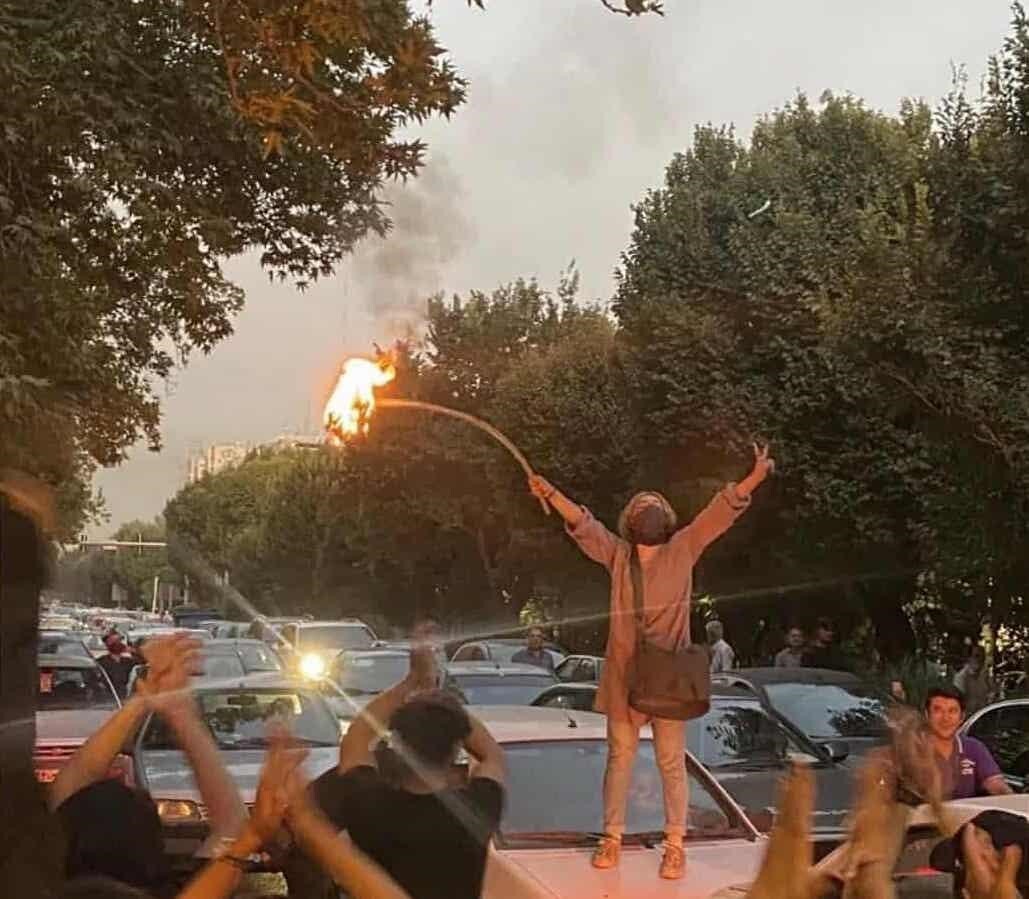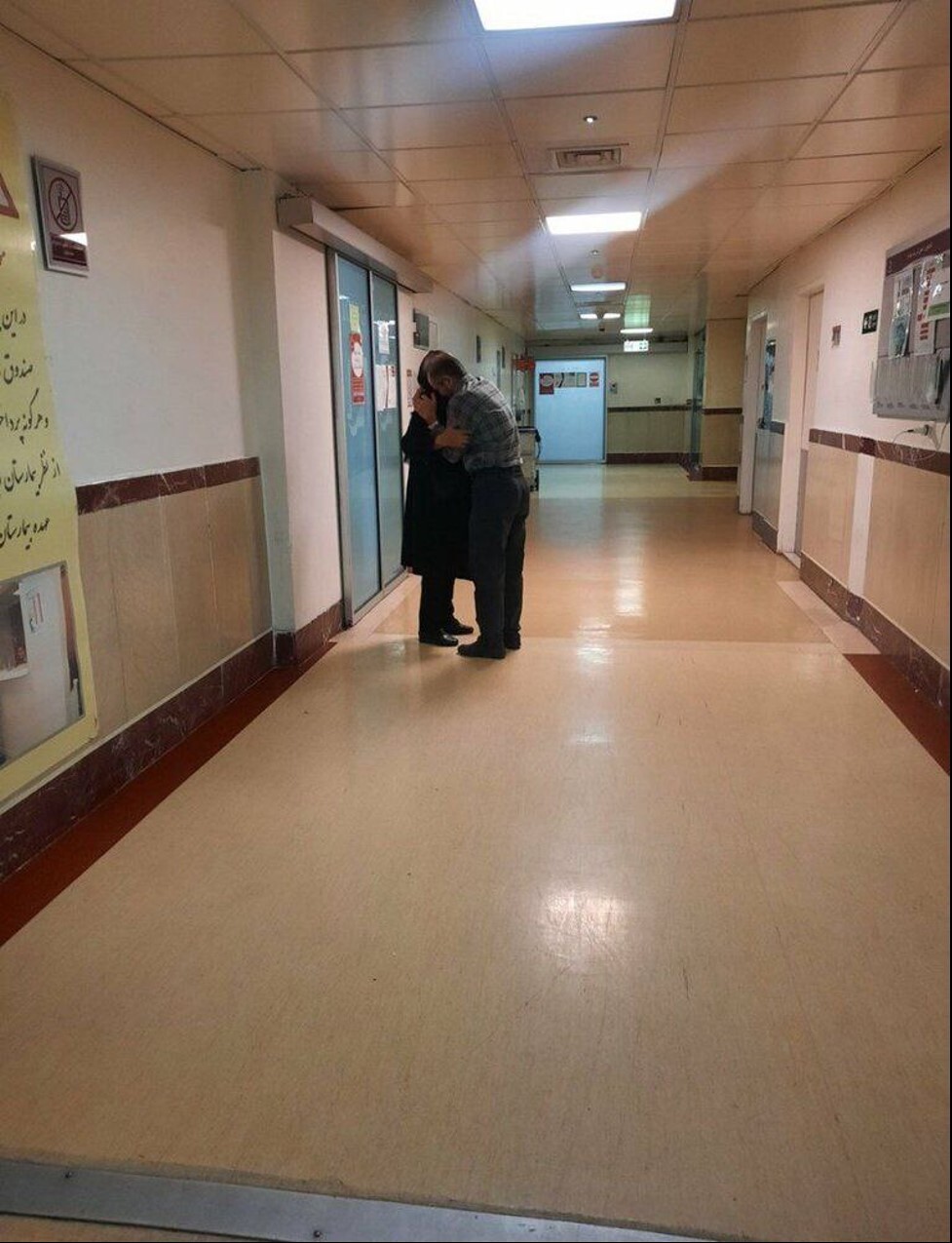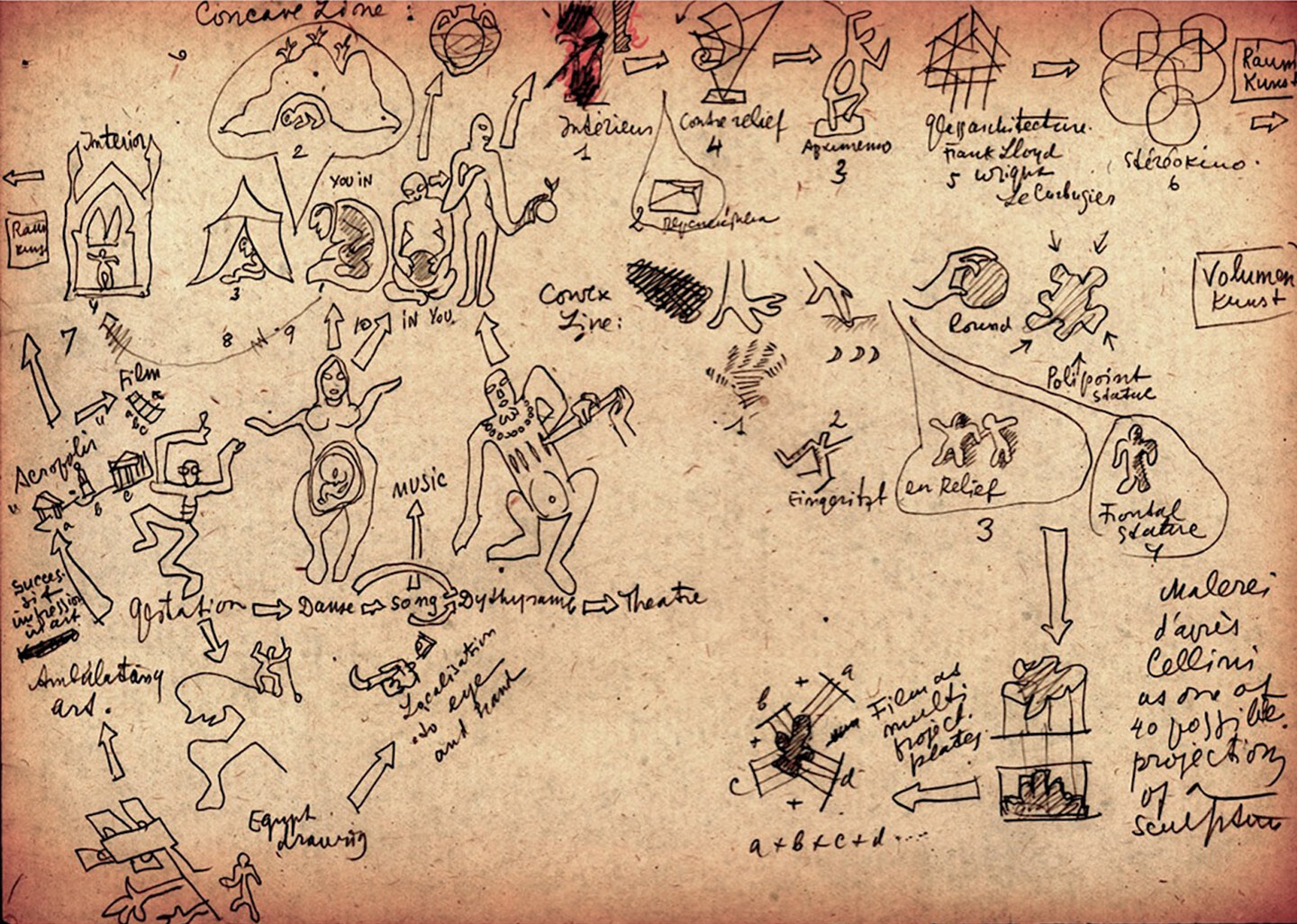This text was originally published in Persian on the Iranian feminist platform Harass Watch, on September 28, 2022. The first English translation of the text was published on the Arab ezine Jadaliyya on October 5, 2022.
This anonymously written text isn’t so old. It is probably three weeks old as we write this collective introduction on why we, a non-organized group of feminists in Iran, felt that it must travel beyond the borders of Iran, beyond the limits of the Persian language. There are texts throughout history that become pivotal for a people. “Women Reflected in Their Own History” is a cornerstone, an achievement in articulating a collective desire and a collective consciousness that secures it a place in the history of Persian writing. It is a prominent text in the history of all struggles throughout the longue durée of revolutions and movements in the region.
The text at hand resonates across multiple registers: the history of protest movements; creativity; identity; and the modes of production of historical agency. One witnesses a historical collision of videos taken by mobile phones, a phenomenon that was present at the zenith of the Arab Spring and the Iranian Green Movement, here folded back onto the history of photography yet revolving around the unfolding history of citizens’ choreographed performances in the street.
What makes this text a groundbreaking piece of intersectional feminist revolutionary writing? It is in the way the author interweaves feminine sexual drives and female sexuality—a feminine identification that stimulates and invites other women into its chain of becomings. It presents and brings forth the cultivation of nervous systems that spread out quickly, beyond the borders of Iran, back and forth, weaving mourning and celebration, militant struggle and discourse.
L, the anonymous author of the text, claims to be a resident of a little town outside Tehran. She must be between her late twenties and early forties. In an almost total absence of fair and unbiased journalism in the Islamic Republic, and due to the difficulty of translating between contexts in which the protests are moving ahead, the poetic prose and theorizations of L, her personal, sensual, and affective articulations, resonate with what other individuals have experienced.
For Zhina, Niloufar, Elaheh, Mahsa, Elmira, and those whose names I haven’t yet uttered.
What follows is an attempt to understand what one intuits about a gap—the gap between watching videos and photographs of the protests and being in the street. This is an attempt to elaborate the short circuit between these two arenas, those of the virtual space and the street, in this historical moment. I must stress that what I have witnessed and been inspired by might not necessarily apply to other cities. I live in a small town that differs from bigger cities or even other smaller ones in terms of the location where protests usually take place. This text is not intended to universalize this situation towards a general conclusion, but to elaborate on this particular situation and the influence it has had on me.
The protests reached my little town after breaking out in Kurdistan and Tehran. For some days I encountered videos of protests on the streets, passionate songs, photographs, and the figures of militant women, and on Wednesday eventually I found myself in a street protest. It was very strange: the first moments of being there, on the street, surrounded by the protesters whom until yesterday I had watched and admired on the screen of a phone—astonished by their courage, I had grieved and cried for them. I was looking around and was trying to synchronize the images of the street with its reality. What I saw was very similar to what I had watched before, but there was a gap between my watching self and my self on the street, and I needed a few moments to register it. The street wasn’t the bearer of horror anymore, but just an ordinary space. Everything was ordinary, even when those with batons, guns, and shock prods were attacking to disperse us. I don’t know how to describe the word “ordinary,” or what better synonym to use in its place. The distance between myself and those images that I was desiring had decreased. I was that image, I was coming to my senses and realizing that I am in a ring of women burning headscarves, as if I had always been doing that before. I was coming to my senses and realizing I was being beaten a few moments ago.




